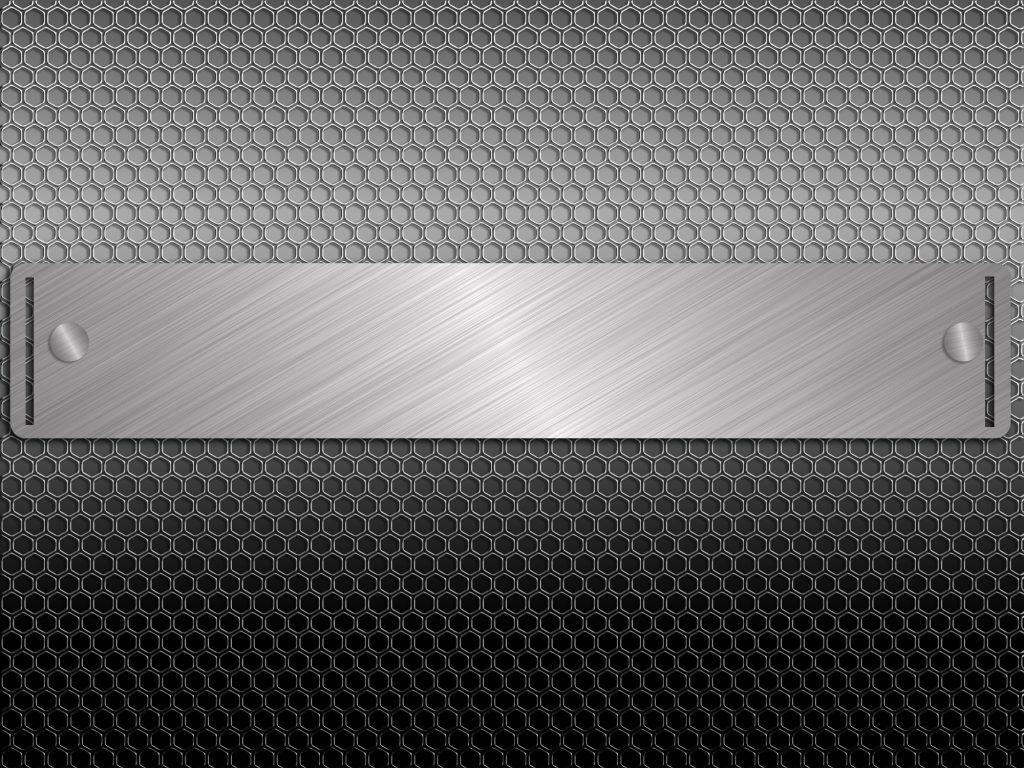Properties And Uses Of Mild Steel Sheet

If you are in the manufacturing or construction industry, you must have heard about mild steel. It mainly consists of iron and carbon in its basic form. It is one of the cheapest types of steel available and is used by most people in the construction industry. It is also known as the low carbon steel because of the little amount of carbon that it contains. It differs from a cast iron which tends to have a higher carbon amount ranging from 0.03% and above. Mild steel doesn’t have large amounts of other elements, apart from iron, providing properties that are useful for different applications. When vast quantities of steel are needed, mild steel is an excellent option because of its affordable cost and welding capabilities. Below are some of the properties and uses of mild steel.
Properties of Mild Steel
- It Can Form Different Shapes.
The good thing about mild steel sheet is that one can easily mold it into several shapes, depending on their desire. It is quite simple to form different products by pressing and pouring the steel into any shape. Besides, it can resist breakage even when the steel changes in shape as a result of either bending or elongation. Because of this property, it is used for different purposes such as making rivets, pipes, and chains.
- Weldability.
Due to the low amount of carbon in mild steel, it is readily weldable. Metals that contain low carbon do not crack or break easily, allowing the metal to be rolled or beaten into sheets without any difficulty. It is easily machined because of its softness and flexibility. Mild steel rarely hardens or strengthens during the heating process, and because of this, you can harden the metal using carburization. It is also ideal for welding because of its ability to conduct electric currents effectively without tampering with the surface of the metal.
- Strength.
Mild steel can still withstand high pressure and stress and will not crack or break, unlike other types of steel. Since it has a high resistance to breakage, it is considered to have an impact strength. The low carbon content in mild steel shows that there is little carbon and other present elements which limit dislocations in the crystal structure of the metal. This is the reason mild steel is said to have less tensile strength as opposed to other high carbon metals. Besides, it is said to be magnetic because of the high amount of iron and ferrite present in it.
Uses Of Mild Steel
- Construction.
Mild steel is an excellent component when it comes to building. Most builders prefer it because of its high strength and ductility, a reason it is used in the construction of bridges and structured buildings. It also manufactures fasteners and bolts. The other reasons mild steel is used in the construction industry is because it is impervious to fire and rot, and cannot be damaged by insects. It also meets wind and seismic requirements.
- Pipelines.
If you ever wondered why mild steel pipelines are the go-to choice when it comes to transportation of water and natural gas, do not go any further looking for answers. The steel allows the pipes to be welded into the right form without cracking or breaking, even in high pressure. The exceptional ductibility of mild steels allow the formation of poles and pipes which can withstand any external force.
The low carbon content in mild steel allows the metal to be used for different purposes ranging from construction to making pipelines. Besides, the metal is quite cheap and is made from naturally available materials. If you are looking for a metal that doesn’t crack or break despite you bending it or exposing it to extreme pressure, consider mild steel. You won’t regret it.
Comments are closed, but trackbacks and pingbacks are open.